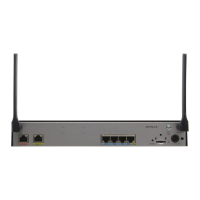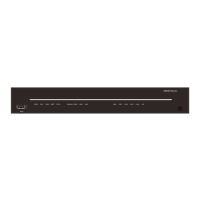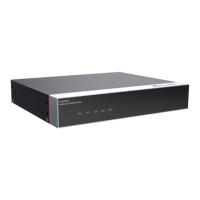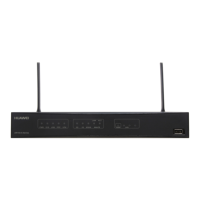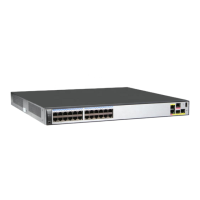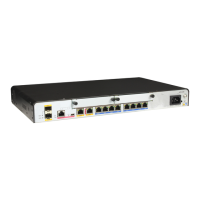Port state Description
Learning This is a transition state. A port in the Learning state learns MAC
addresses from user traffic to construct a MAC address table.
In the Learning state, the port can send and receive BPDUs, but
cannot forward user traffic.
Discarding A port in the Discarding state can only receive BPDUs.
CAUTION
MSTP is the default mode for all Huawei datacom devices. After a device experiences the
transition from the MSTP mode to the STP mode, an STP-capable port supports the same
port states as those supported by an MSTP-capable port, including the Forwarding,
Learning, and Discarding states. For details, see Table 7-2.
l Three timers
– Hello Timer
Sets the interval at which BPDUs are sent.
– Forward Delay Timer
Sets the time spent in the Listening and Learning states.
– Max Age
Sets the maximum lifetime of a BPDU on the network. When the Max Age time is
reached, the connection to the root bridge is considered broken.
Comparison between STP, RSTP, and MSTP
Table 7-3 compares STP, RSTP, and MSTP in terms of the characteristics of each protocol and
their applicable environments.
Table 7-3 Comparison between STP, RSTP, and MSTP
Spanning
Tree
Protocol
Characteristics Applicable
Environment
Precautions
STP Ensures a loop-free tree
topology that helps
prevent broadcast storms
and allows for redundant
links between switches.
Irrespective of users or
services, all VLANs
share one spanning
tree.
l If the current
switching device
supports STP and
RSTP, RSTP is
recommended.
l If the current
switching device
supports STP/RSTP
and MSTP, MSTP
is recommended.
Huawei AR3200 Series Enterprise Routers
Configuration Guide - LAN 7 STP/RSTP Configuration
Issue 02 (2012-03-30) Huawei Proprietary and Confidential
Copyright © Huawei Technologies Co., Ltd.
185

